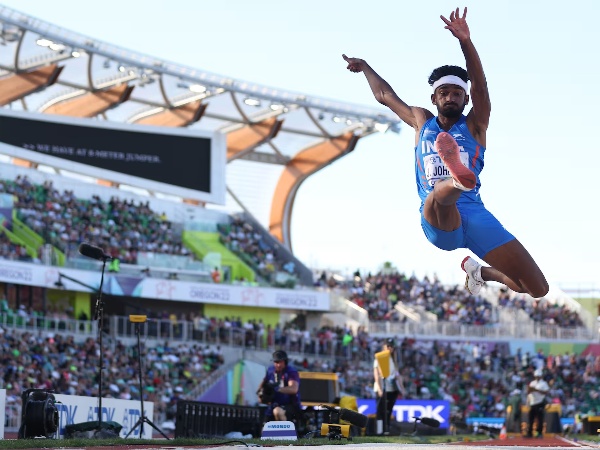views : 641
2 Min Read
All About Jumping Ahead Of The 2024 Olympics
Athletics, dating back to the very first ancient Olympic Games, holds a storied history as one of the oldest recorded sports, with victors' names chronicled as early as 776 BC. The ancient Games featured events like the pentathlon, encompassing a series of disciplines: running, long jump, discus throw, javelin throw, and wrestling. In 1840, in Shropshire, England, early iterations of modern athletics meets emerged, laying foundational roots for contemporary competitions. The sport gained momentum in the 1880s across England, the USA, and Europe, with various championships flourishing.
By 1912, the establishment of the International Amateur Athletic Federation (IAAF), now recognized as World Athletics, marked a pivotal moment. This federation has since overseen international athletics, shaping the sport's global landscape. Today, athletics remains a testament to human endurance, combining speed, strength, and agility in events that span sprints, jumps, throws, and endurance challenges. From its ancient origins to its modern-day prominence, athletics continues to captivate athletes and spectators alike, embodying the enduring spirit of competition and the pursuit of excellence across the world stage.
Modern athletics encompasses a diverse array of events, including running, jumping, throwing, walking, and combined disciplines, making it the sport with the most participants at the Olympic Games. The track events span various distances—sprints, middle-distance, and long-distance races—alongside hurdles, steeplechase, and relay races for both men and women. These competitions unfold on the 400m oval track within the Olympic stadium, characterized by two straightaways and two curved bends.
Two challenging events, the marathon and race walking, take place on public roads, each demanding both physical endurance and strategic finesse. Athletes in these events often employ tactical maneuvers and occasionally collaborate to outmaneuver opponents, drawing enthusiastic crowds who line the routes to cheer them on.
The Olympic programme also includes combined events such as the women’s heptathlon and the men’s decathlon, which unfold over two days. These events test athletes across a comprehensive spectrum of disciplines, including track events within the stadium, jumping events like the high jump and pole vault, the long and triple jumps, and various throwing events such as shot put, discus, hammer throw, and javelin. Athletes compete sequentially, with a qualifying round determining finalists based on performance.
